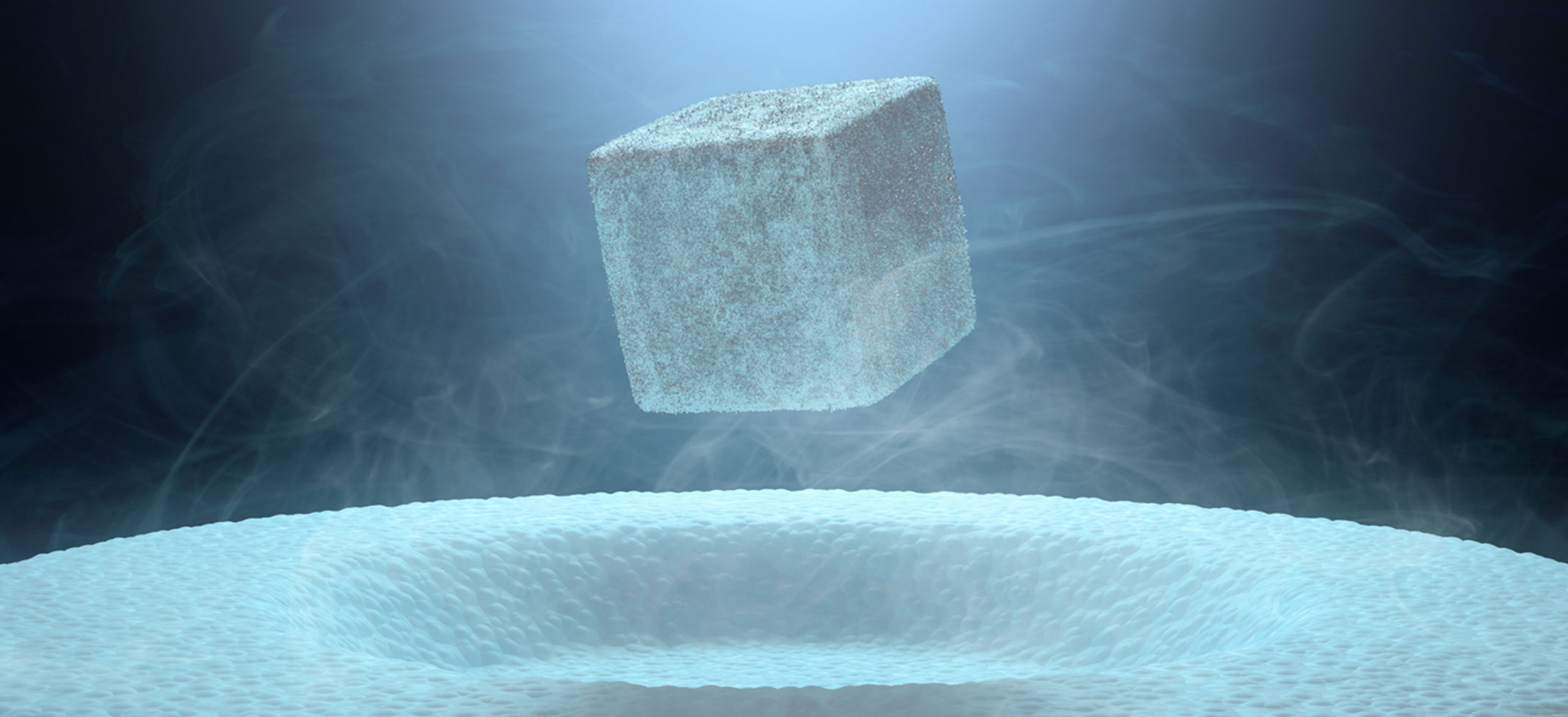In Europe the percentage of renewable energy is steadily increasing, for example in German, solar and wind energy provided an average of 33% of the total electricity production in 2015.
Clearly, renewable energy depends on local weather conditions, on the possibility of electric power being transmitted from one region to another; with the existing technology, high-voltage DC overhead lines are the cheapest solution today, but the rural population and the environmental movements are strongly opposed to their use mainly for the unsightly pylons.
A valid alternative is to put underground copper or aluminium high-voltage lines: this solution is yet used in populated areas, but it’s difficult to be applied over long distance due to the much higher cost than overhead lines.
Already in 1911 the Dutch physicist Heike Kamerling Onnes identified what then it will be called “superconductors”. He discovered that when some metals are cooled down to temperatures close to absolute zero, they lose all electrical resistance. The scientist suggested that superconductive wires might be a good idea for energy transport. In subsequent years there were several studies about “superconductor”, but also in 2001 in Japan it was discovered that magnesium diboride becomes superconductive at a temperature of 39 degrees above absolute zero. In 2011 at the Institute for Advanced Sustainability Studies (IASS) in Potsdam, Germany, the physics Nobel Laureate Carlo Rubbia initiated a research cluster investigating the application of superconductive lines for energy transport.
Magnesium diboride is only available in powder form, but researchers of a leader SpA in cutting-edge magnesium diboride (MgB2) technology in Genoa, Italy, found the material could be manufactured in long strands by filling copper or nickel tubes with the powder and sintering them. In 2014, a first test of the magnesium diboride wire at CERN, confirmed that the material would be a good choice.
IASS and CERN are taking part in a study that will test a magnesium diboride cable at conditions matching those of future energy transmission system.
For more information: http://www.sesino.it/






